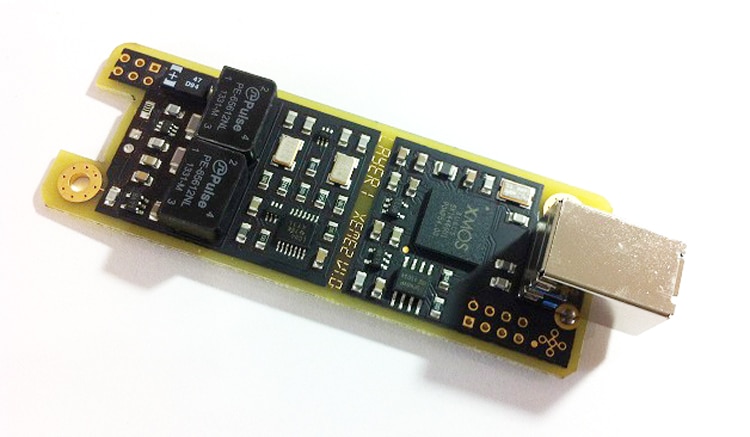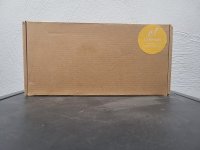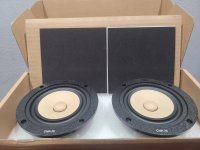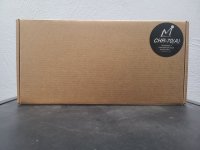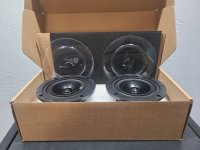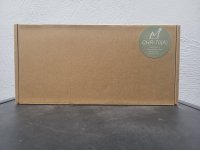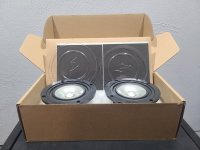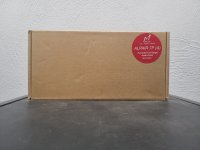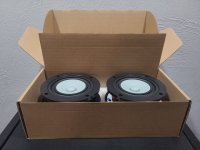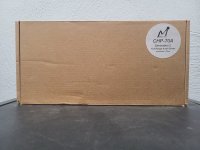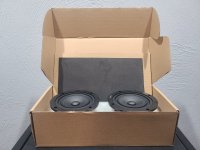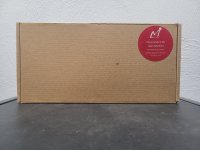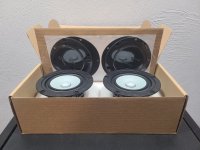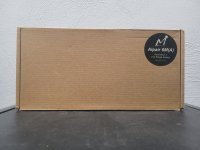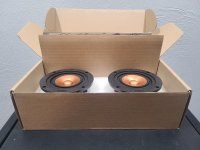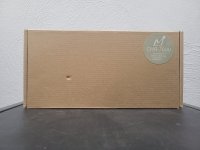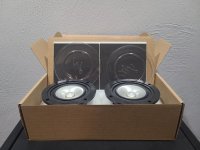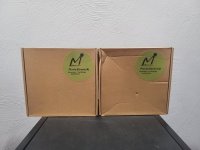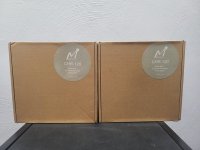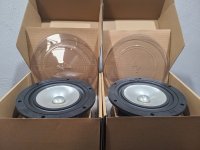Hi folks,
Hope you all are doing well.
As i somehow found myself in a rather strange situation that i tried to resolve i now have couple of questions that i hope you could help to answer.
Recently, when messing about with my bass guitar connected to AI 500 via bass pre-amp Zoom B4 (was careful with the signal level though) i noticed that the most left power valve began glowing red. (I have Tungsol 6L6GC's in it rather than EL34's).
The sound in the left channel faded a bit, i thought it had to do with the pots on my bass as i was in process of tuning them up and down to get some lovely tone.Only then i noticed that glowing valve so i quickly turned the amp off. Obviously, i could smell the heat of the valve/amp but not really a burn or anything like that, you know how the very hot amp smells, don't you?
😉
To cut the story short - did my bit of googling, have read a post or two here on diyaudio where someone had the same problem with glowing valve, in the same position but his amp was blowing the fuse etc..Got myself a bit of educated on what to have a look at..
the posts (the same person & issue):
https://www.diyaudio.com/community/...io-innovation-25-w-class-a-series-500.323879/
https://www.diyaudio.com/community/threads/ai500-1-tube-overglow.332527/
Firstly i swapped the valve in question to see if it glows in different socket - it did not. Neither it glows again, had the amp running listening to whatever music on Apple Music and the glowing has not happened again.
Then i checked the voltages and it all looked ok until i checked pin 5 (control grid) voltages, here it becomes interesting (ignore the readings as it was floating by few milivolts but you get the picture) e.g:
1: 0.475V
2: 0.863V
3: 0.367V
4: 0.390V
1: 0.420V
2: 0.949V
3: 0.340V
4: 0.350V
(bold numbers are valve sockets, starting from left.)
etc..
Obviously it depends on when the measurement is taken, if checked straight after turning the amp on then it is ok for a short period of time but that is not a point as as soon the amp warms up or is warming up the voltages go up and most importantly the voltage on control grids of valve 2 starts drifting away and ends up easily by some 0.5V higher than the one in socket 1.
I took some good 20+ measurements, and i would say that the voltage of control grid of valves in socket 3 & 4 would be similar to each other, perhaps different by +-0.010 V.
It is just the valves in socket 1 & 2 that are quite mismatched by almost 0.5V.
Therefore, seeing that i had a look at the coupling 0.47uF capacitors as well as those resistors (47K for reference but i have them as 68K and 36K)..Tracked those that were related to these first two valves and replaced it all (got new caps & resistors) - guess what - no change to these odd voltages..
I even checked that 100uF capacitor (i have 68uF in my amp so i used new 68uF) and replaced that 15R 0.25W as it looked like a bit cooked - no change.
The attached is the schematics and the bits that i checked are circled in red.
So i have run out of ideas and was about to ask for a help here on this forum, just before doing so i thought of moving the valves around again, this time moving around valve nr.2 too as this is the one with the odd control grid voltage but the one that glowed was in socket 1.
Guess what, the odd control grid voltage moves with the valve, that means there is something wrong with that valve 2 or it is still ok but perhaps on its way out.
Obviously, both need replacing for matched pair as far as i know.
So what do you guys think - should i just get a new matched pair and bin them 2 valves? Do i still have to check something in circuitry?
The valves have not seen much of use, i would guess they have had some 50 hours of use (perhaps not even that many) as i do not use the amp very often and bought them couple of years ago when this amp went on fire due to short circuit in one of the output transformers (there is a post about it somewhere here on diyaudio).
I also have JJ EL34 but not using them since apparently EL34s can wreak havoc in this amp.
Out of curiosity, possibly, in future, when my wallet allows it i would like to try some 5881 valves, do you recommend any particular make, like Sovtek or is it again tube rolling game where it all depends on an individual music taste?
Apologies for being long-winded & thanks a lot for reading this.
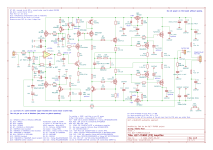
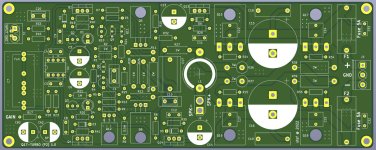
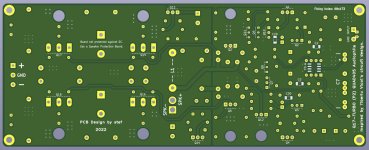
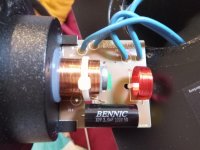 Dear All,
Dear All, 
